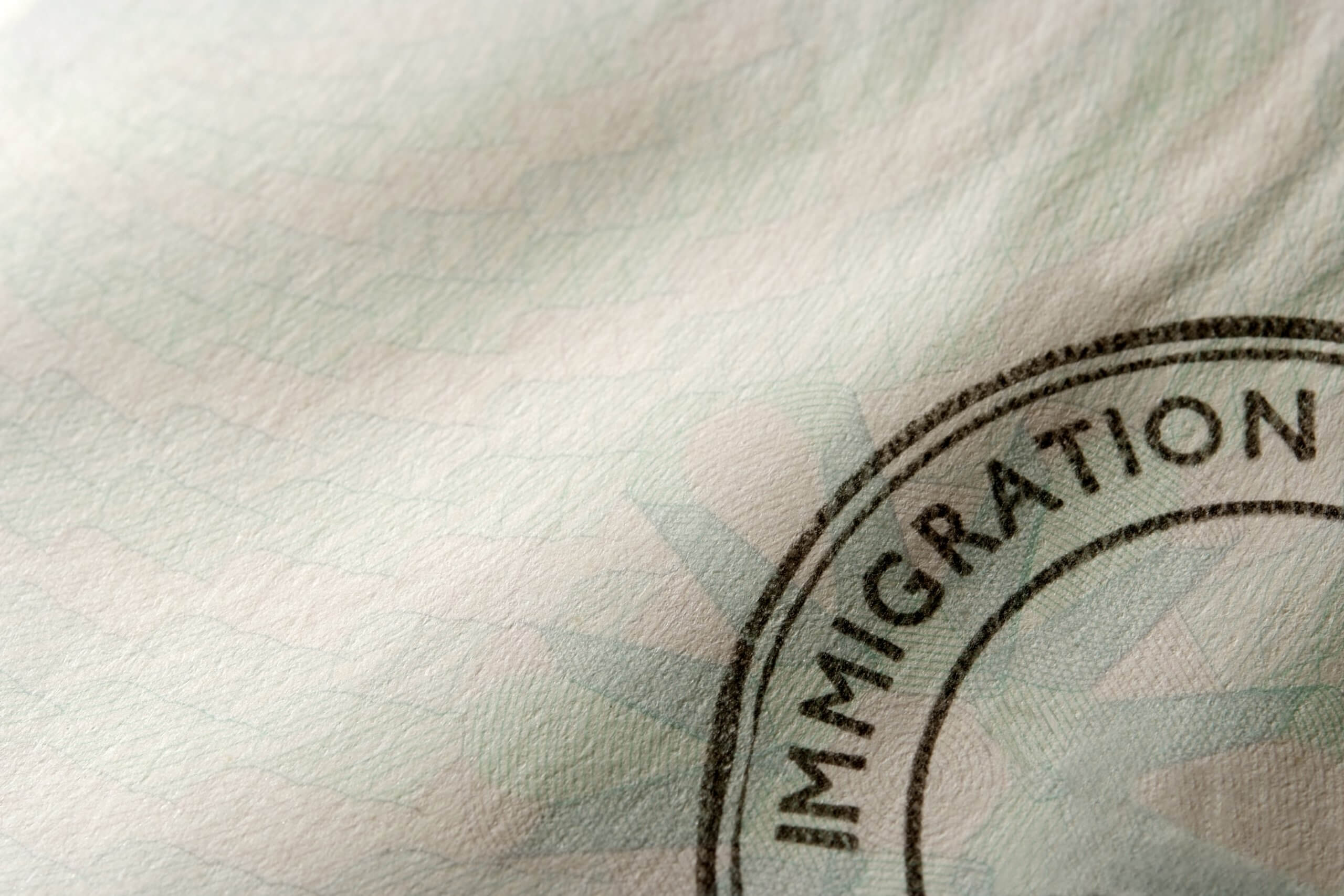Quick Hits
- On his first day in office, President Trump issued a number of executive orders covering various immigration-related policy decisions.
- One of the orders reviews U.S. trade policy centered around tariffs and the review of existing foreign trade agreements.
- Another order also ends birthright citizenship for infants born after February 19, 2025, to parents not holding Lawful Permanent Residence or U.S. Citizenship.
Here is an overview of each of the six executive orders.
(1) “Protecting the Meaning and Value of American Citizenship”
This executive order ends birthright citizenship for those infants who: (1) are born on or after February 19, 2025; and (2) do not have at least one parent in possession of lawful permanent resident (LPR) status and/or U.S. citizenship at the time of the infant’s birth. This executive order impacts only infants born at least thirty days from January 20, 2025, and does not apply retroactively.
Impact
Already, some civil rights organizations have jointly filed a lawsuit challenging the constitutionality of the executive order. The Fourteenth Amendment of the U.S. Constitution guarantees citizenship to all children born in the United States. It plainly states, “All persons born or naturalized in the United States, and subject to the jurisdiction thereof, are citizens of the United States.” In 1898, the Supreme Court of the United States affirmed that the Fourteenth Amendment extended to all children born in the United States irrespective of parent citizenship and has remained foundational in interpreting the meaning of the Fourteenth Amendment.
While the lawsuit is pending, a court may grant an injunction of the order. If an injunction is not granted, the order takes effect on February 19, 2025. Parents on a valid nonimmigrant visa (i.e., H-1B, L-1, F-1) will likely need to apply for a dependent visa for their newborn children (i.e., H-4, L-2, F-2) respectively—though details on exactly how this order will be executed and implemented by U.S. Citizenship and Immigration Services (USCIS), which is the relevant government agency, is to be determined.
(2) “America First Trade Policy”
This executive order revisits and reviews the United States-Mexico-Canada Agreement, or USMCA, as well as other existing U.S. trade agreements in consultation with other executive departments and agencies. The order specifically focuses on tariffs and foreign trade agreements, looking into the establishment of an “External Revenue Service” (ERS) to collect “tariffs, duties, and other foreign trade-related revenues.” The order specifically calls for a review of trade policies relating to China, in particular. It also calls on the U.S. trade representative in consultation with other relevant executive departments and agencies to assess USMCA and its impact on U.S. workers, farmers, ranchers, and businesses, and to make recommendations regarding the United States’ participation in the agreement.
Impact
Though no immediate impact, it is through the United States’ participation in UMSCA that makes the TN professional work visa available for citizens of Canada and Mexico. Whether the TN visa is at risk will depend upon the outcome of this order’s assessment.
This executive order ensures “enhanced vetting and screening across agencies.” The order seeks to utilize in-depth vetting and screening of all individuals seeking admission to or already present in the United States, including obtaining information to confirm any claims made by those individuals. Security and public safety threats are consistently emphasized, as is enhanced screening for individuals from “regions or nations with identified security risks.” The order also calls on relevant government heads to “evaluate all visa programs” and emphasizes that agencies “must be vigilant during the visa-issuance process” to protect Americans.
Impact
We can anticipate more visa issuance delays as a result of additional vetting and screening processes and potential partial or full bans on admission (i.e., “travel bans”) for individuals from certain countries.
(4) “Realigning the United States Refugee Admissions Program”
This order suspends the entry of refugees into the United States under the United States Refugee Admissions Program (USRAP). The order will take effect within one week, on January 27, 2025.
Refugees may be admitted to the United States on a case-by-case basis, once the secretary of state and secretary of homeland security jointly determine that the entry of such aliens as refugees is “in the national interest and does not pose a threat to the security or welfare of the United States.” Within ninety days of January 20, 2025, the secretary of homeland security will submit a report regarding whether or not it would be in the interests of the United States to resume allowing refugees to enter the United States. These reports will continue every ninety days until the USRAP program is resumed.
(5) “Securing Our Borders”
This executive order sets border enforcement policies. The order outlines the administration’s focus on:
- the establishment of a physical wall “and other barriers” at U.S. borders;
- deterring and preventing the entry of undocumented individuals into the United States;
- detaining “aliens apprehended on suspicion of violating Federal or State law,” i.e., undocumented migrants and removing them promptly;
- pursuing criminal charges against undocumented migrants and “those who facilitate their unlawful presence in the United States,” notably ending the practice of “catch-and-release,”
- enacting federal-state partnerships to enforce these immigration policies;
- “obtaining complete operational control of the borders of the United States,” which includes deploying “sufficient personnel” to the borders;
- terminating parole programs for Cubans, Haitians, Nicaraguans, and Venezuelans, and
- utilizing advanced vetting techniques to determine familial relationships and biometrics scanning for all individuals encountered or apprehended by the U.S. Department of Homeland Security (DHS).
(6) “Declaring a National Emergency at the Southern Border of the United States”
This executive order details the use of armed forces, physical barriers, and unmanned aerial systems at the southern border to address the newly declared national emergency. The order also calls for a revision of existing policies and strategies, echoing the order titled “Securing Our Borders” (which is summarized above).
Ogletree Deakins’ Immigration Practice Group will monitor developments with respect to these and other policy changes and will post updates on the Immigration blog as additional information becomes available.
Follow and Subscribe








